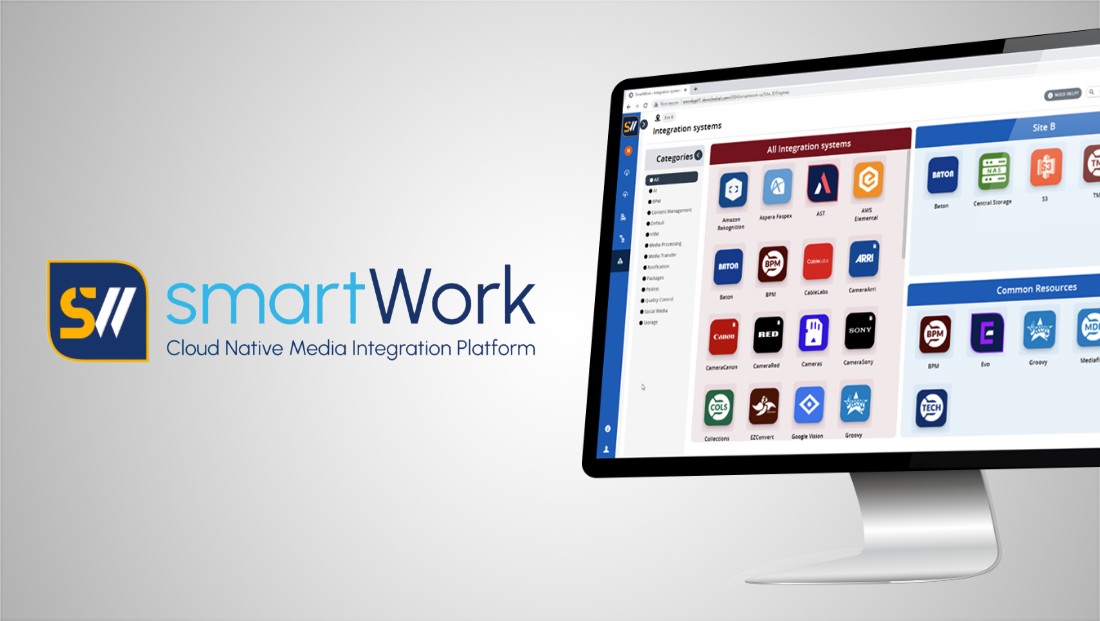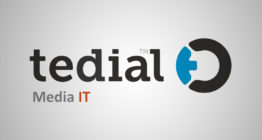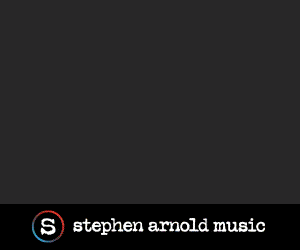Tedial aims to enable flexibility, collaboration through smartWork media integration platform

Subscribe to NCS for the latest news, project case studies and product announcements in broadcast technology, creative design and engineering delivered to your inbox.
Ahead of the 2022 NAB Show, Tedial announced its smartWork media integration platform, aiming to simplify broadcast workflows and allow media companies to be more self-sufficient.
The platform aims to allow anyone to develop integrations and processes with a drag-and-drop, no code interface; removing the traditional layers and allowing greater collaboration.
We spoke with Julian Fernandez-Campon, Tedial’s CTO, about the platform, its integrations and API.
Our conversation has been condensed and edited for clarity.
How is smartWork changing how MAMs work?
What we are presenting is a new concept, which is breaking the traditional orchestration or MAM concept.
Our mission as a company is the democratization of business improvement. So, one of the key features of the platform is that it’s no code. Someone without deep technical knowledge can build workflows.
This is the result of more than three years of working. Many other MAM companies are not developing something from scratch as we did.
How does smartWork allow deeper integrations with third party applications?
We haven’t seen anything similar in the broadcast market, because it means that we integrate applications and the user doesn’t need to care about what is the control method of the application. It’s just like an app store. For example, media processing, transcoding, delivery to OTT, or 20 other things. All the applications start within the platform.
We are providing one extraction layer, so the user doesn’t have to worry if the workflows are being executed in the cloud or they’re being executed on-premise.
And are you viewing this as a platform where folks will be rapidly iterating in terms of workflows?
With the pandemic, the new requirements, and the competition – which is now producing more content for more platforms – you need to be figuring out how to be engaging your audience and your customers.
The platform needs to be continuously evolving and to be adding new features.
This is something that is the main focus – the quick time-to-market and the easy deployment. So you can start really quick and adapt all the time to the new needs which are emerging.
In terms of the technology stack, where is smartWork sitting?
It’s a platform, so it is at the application layer, but because it is based on microservices all of this is obstructed to the user as is the infrastructure, which is under the hood.
It is lying on the very top level of the stack, but the good thing is that it is extracting everything which is going under the hood, because the other thing which is really key is that we are using the infrastructure as a code to deploy the platform.
So when you need to deploy the platform, it doesn’t care if you’re going to be deploying on-premise or if you are going to deploy in AWS or Google Cloud or Azure, because it is transparent. We are solving all the complexities.
What are some of the common integrations people are going to use right out of the box?
One of the key things is that we categorize these integrations in different groups – that can be media transformation, automatic QC, AI tools, production system (like Avid Interplay, Adobe Premiere).
What we will offer is a set of integrations which are doing what the people need.
For example, transcoding, if you need to be transforming something from UHD to any other content, we will be offering the most suitable tool for that, the most cost-effective.
So what we offer is a set of categories and, in each of these categories, we will be offering the more suitable integration.
We have developed about 155 or 160 different integrations, so we have a lot of knowledge on integrating systems.
If you want to change one integration for another or swap one system for another, it can be done in a few clicks. So you only have to go to the system, select the integration that you want to change and just save it, and that’s it. You don’t need to worry about the API, the data model, and other things.
Are you offering a public API to extend the platform?
We started this path about three years ago, which is rebuilding the entire stack of our products. So we are using the latest API. We’re using open API (which is normally called Swagger).
So we have a public API for our user interfaces and all the services which are related. They can use our API to integrate our system to trigger workflows.
How does the platform pricing work, is it focused solely on enterprise customers?
We will be supporting CapEx and OpEx. We have different plans that customers can customize and they can decide what they want to have.
We will be flexible and the main message is that we want to grow with the customer and we want to listen.
With this, we are targeting every customer. So it can go for a very high end tier one (broadcaster)… as we have experience managing millions of content. But also we can go really small by offering a small piece of the system that can be used for a very simple task at a very competitive price.
Subscribe to NCS for the latest news, project case studies and product announcements in broadcast technology, creative design and engineering delivered to your inbox.






tags
Broadcast Workflow, cloud, Cloud Broadcast Production, Cloud Media Management Platform, MAM Workflow, Media Asset Management, NAB Show 2022, NAB Show News, Tedial
categories
Broadcast Engineering, Heroes, IP Based Production, Media Asset Management, NAB Show